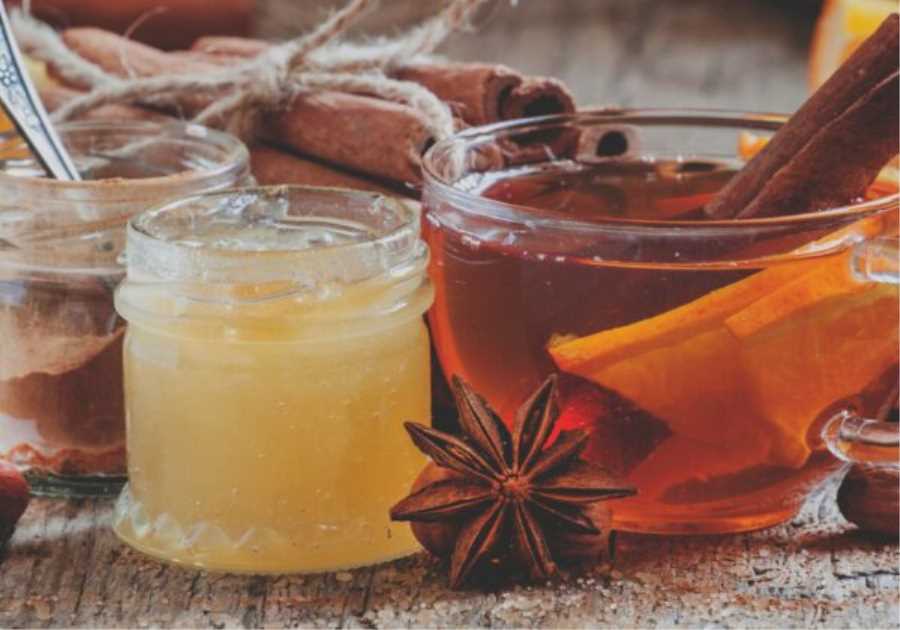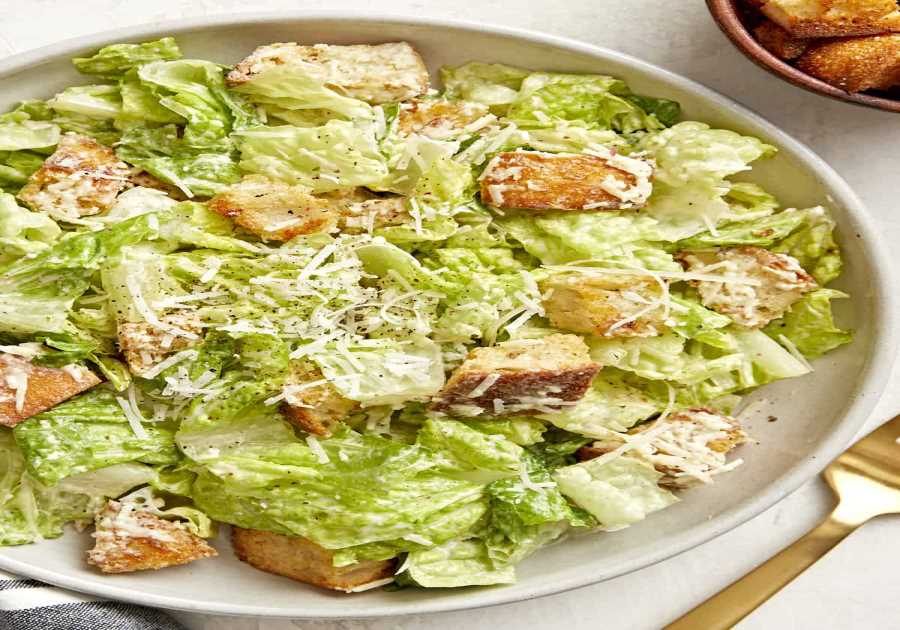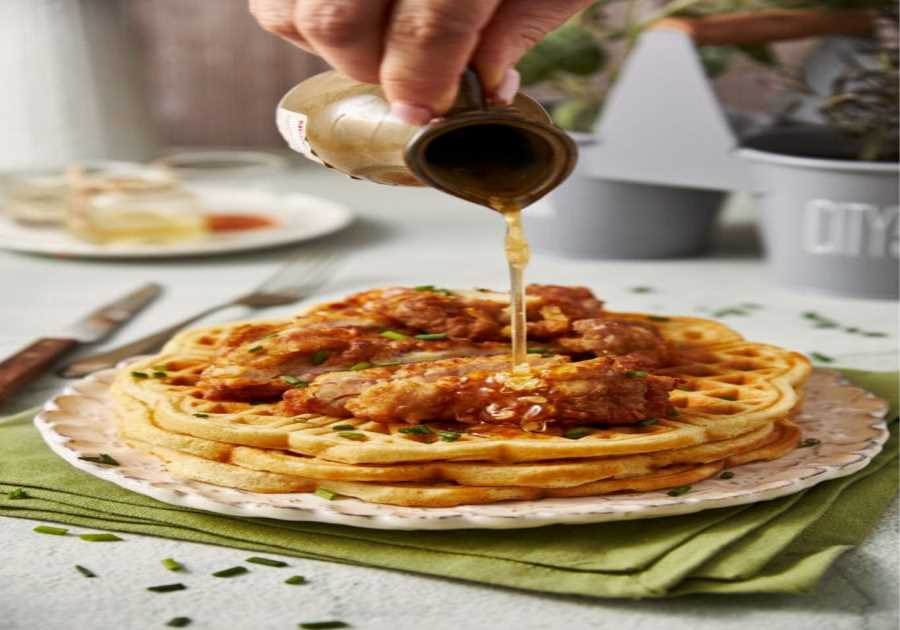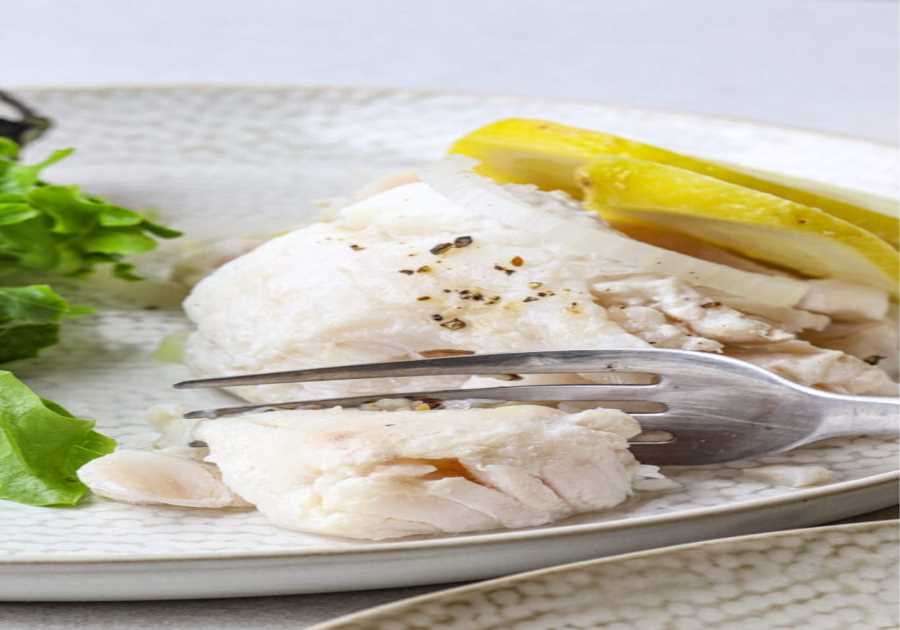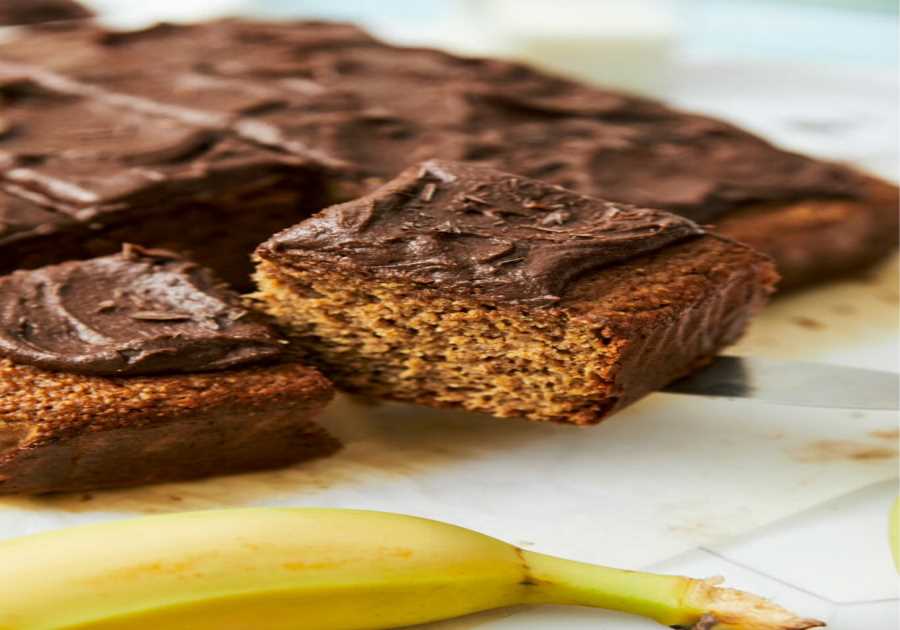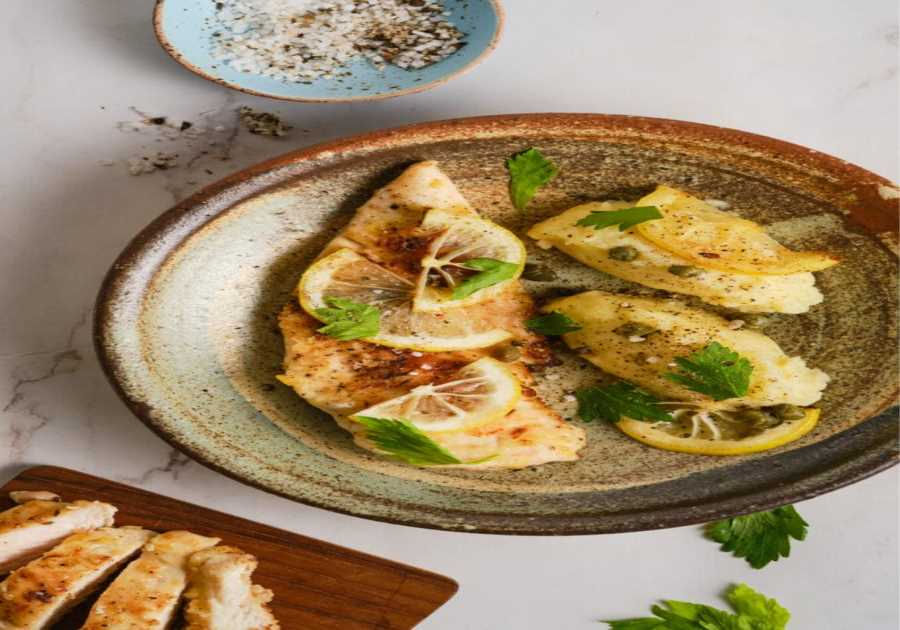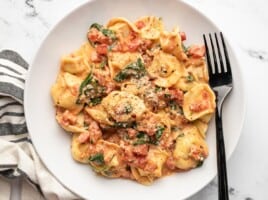
Our aim goes far beyond delving into recipes and teaching culinary techniques; we intend to promote sustainable eating as an essential part of preserving humans’ relationship with nature. As such, we invite anyone who shares this same conviction or has a secret family recipe they would like to share with the rest of us to visit us online or contact us at [email protected] for all collaborations and submissions. Let’s show appreciation for those that dedicate their lives using natural deliciousness to establish meaningful human bonds through cuisine!
Now love yourself and enjoy this one ...
Simple pasta dinners are kind of my specialty and this easy pasta with sausage and peppers is definitely one of my favorites. It’s a super quick meal, the leftovers are great for lunch the next day (or the next *few* days), and it’s surprisingly hearty for just how simple it is. So the next time you need a quick dinner fix, give this pasta with sausage and peppers a try. I think you’re going to love it!
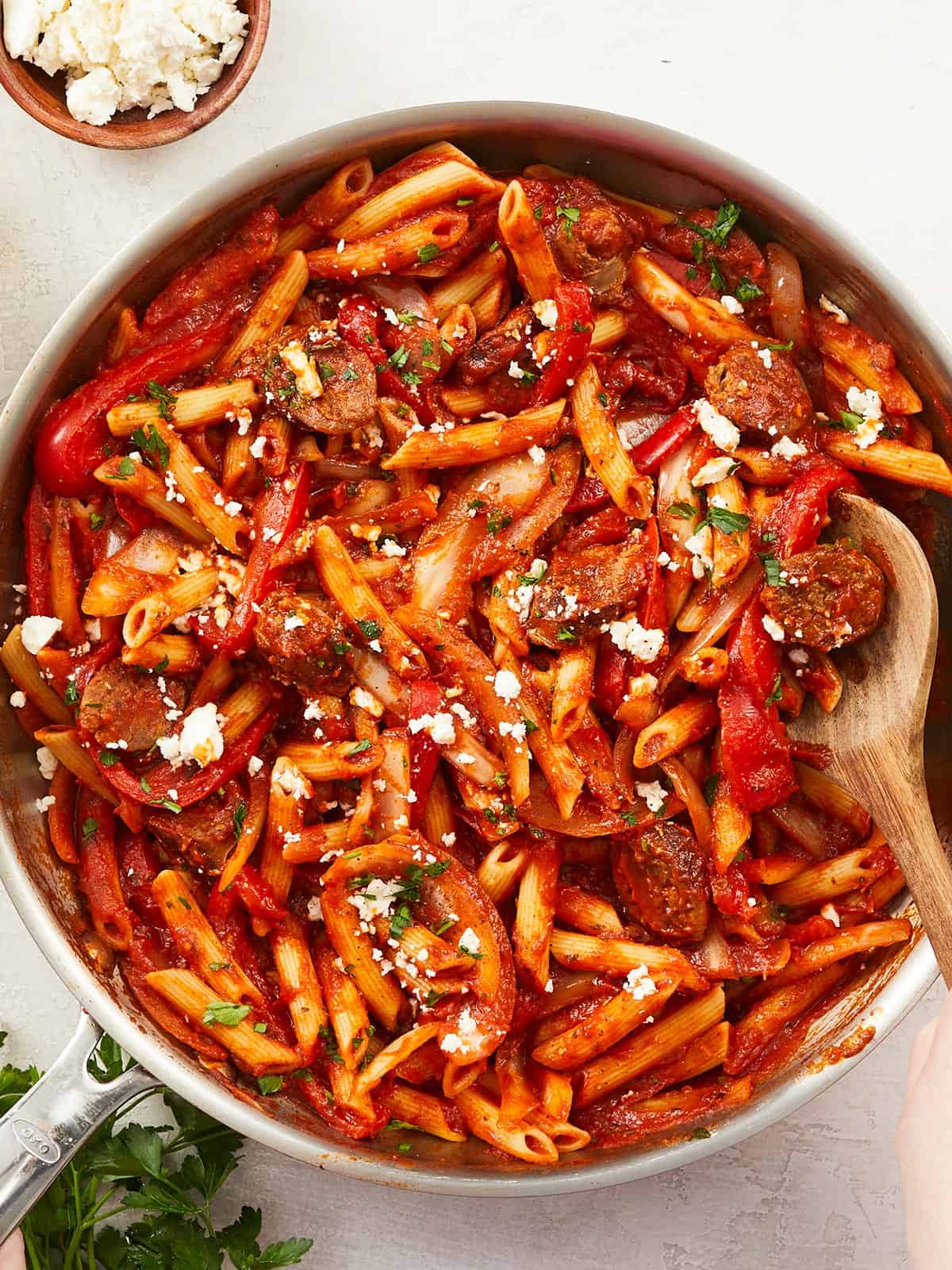
What’s in Pasta with Sausage and Peppers
One of the main reasons that I love this recipe is that it’s incredibly simple. The Italian sausage is already chock-full of herbs and spices, so you don’t have to add a whole lot more to the skillet to make everything flavorful. Here’s all you’ll need to make this awesome pasta dish:
- Italian Sausage: makes this dish hearty and adds TONS of flavor to the meal.
- Onion and Bell Peppers: these vegetables add color, texture, and a slight sweetness to the meal, which perfectly balances the rich sausage and spicy red pepper.
- Seasonings: I kept the seasonings simple since the sausage will add so much flavor. All you need is some fresh garlic, basil, oregano, and crushed red pepper. But you could totally use an Italian seasoning blend in place of the individual herbs.
- Pasta: I like to use penne pasta for this dish because the shape pairs well with the size of the sausage and peppers, and the ribbed texture helps grab onto the sauce.
- Jarred Pasta Sauce: Using a store-bought sauce keeps this recipe incredibly simple and the ingredient list short. It’s a shortcut worth taking, IMHO!
- Feta: a little sprinkle of feta cheese on top adds one last pop of flavor that really takes this dish to the next level! If you don’t have feta, a little grated Parmesan would also be awesome. ;)
What Kind of Sausage to Use
I think Italian sausage pairs best with this recipe and sweet, hot, or mild Italian sausage will all work fine. I prefer to use sausage in links so I can slice it into medallions, but you could also use loose Italian sausage if that’s what’s available.
If you prefer a chicken sausage to pork, you could definitely use that, just make sure it’s seasoned similarly to Italian sausage. You may also need to add a little extra fat to the skillet to make up for the fat that renders out of the pork sausage.
What Kind of Sauce to Use
I seriously love this dish with literally any kind of jarred pasta sauce, and for that reason I usually just reach for the most generic and inexpensive red sauce available. This time around I used Kroger’s Tomato + Basil tomato sauce. Nothing fancy, but still good, and definitely inexpensive! If you want to make your own sauce, you can try our simple Weeknight Pasta Sauce recipe (minus the ground beef).
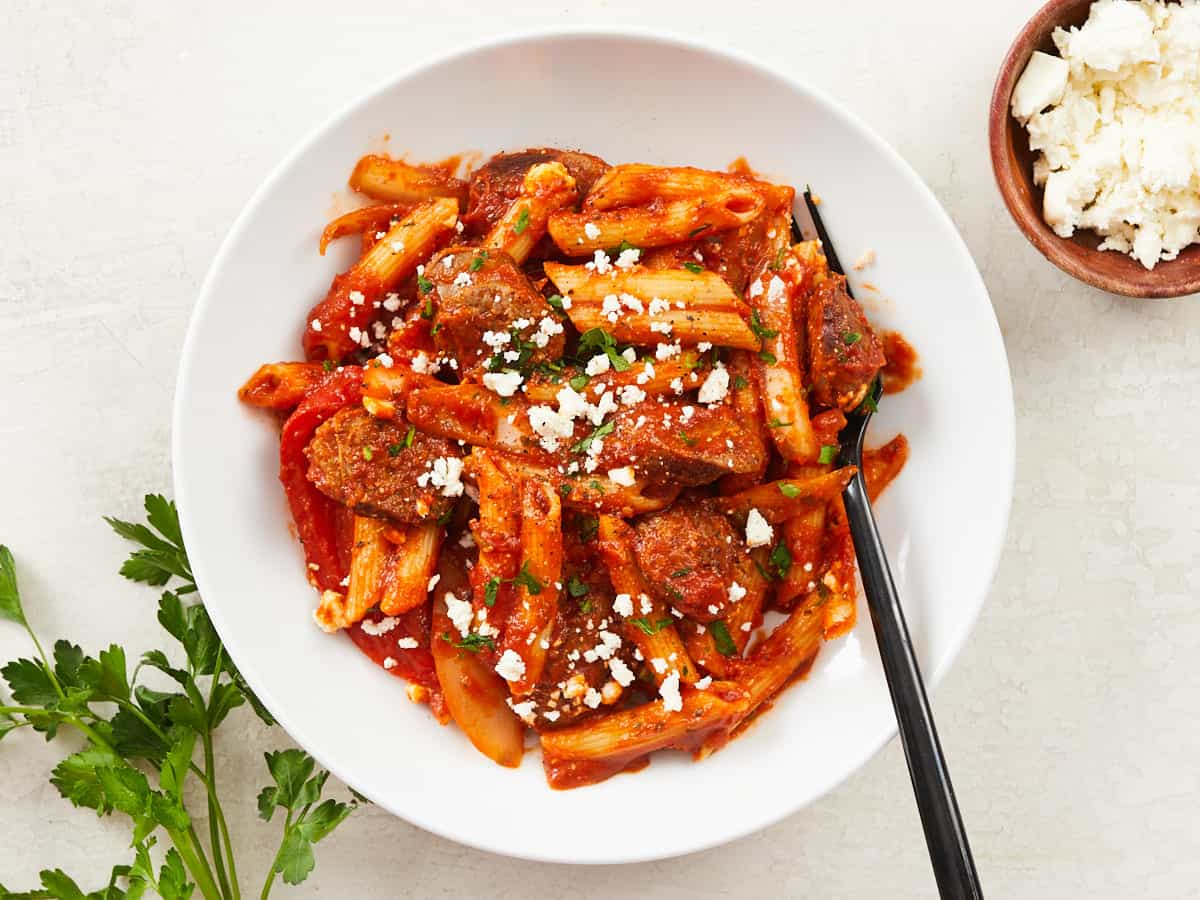
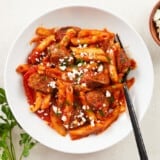
Pasta with Sausage and Peppers
Ingredients
- 2 Italian sausage links (about ½ lb.) $2.40
- 1 Tbsp cooking oil $0.04
- 1 red bell pepper $1.50
- 1 yellow onion $0.37
- 1 24oz. jar pasta sauce $1.67
- 1/2 tsp dried basil $0.05
- 1/2 tsp dried oregano $0.05
- 1/4 tsp crushed red pepper $0.02
- 1/2 lb. penne pasta $0.67
- 1 oz. feta, crumbled $0.69
- 1 Tbsp chopped parsley (optional) $0.10
Instructions
- Heat a large skillet over medium. Add the cooking oil and sausage links to the skillet and cook the sausage for a few minutes on each side, or until well browned (it does not need to be cooked through at this point).
- Remove the sausage to a clean cutting board and slice the sausage into medallions. Return the sausage to the skillet and continue to cook until the sausage is cooked through and browned on the cut sides. Remove the sausage to a clean plate.
- Meanwhile, slice the bell pepper and onion into thin strips. Add the sliced onion and bell pepper to the skillet after removing the sausage. Stir and cook the vegetables over medium heat, just until they begin to soften slightly.
- Add the sausage back to the skillet along with the pasta sauce, basil, oregano, and red pepper to the skillet. Stir everything to combine and heat through.
- Bring a large pot of water to a boil for the pasta. Once boiling, add the pasta and continue to boil until tender (about 7 minutes). Drain the pasta in a colander, then add it to the skillet and stir to combine with the sauce.
- Top the skillet with crumbled feta and chopped parsley (if desired), then serve.
See how we calculate recipe costs here.
Nutrition
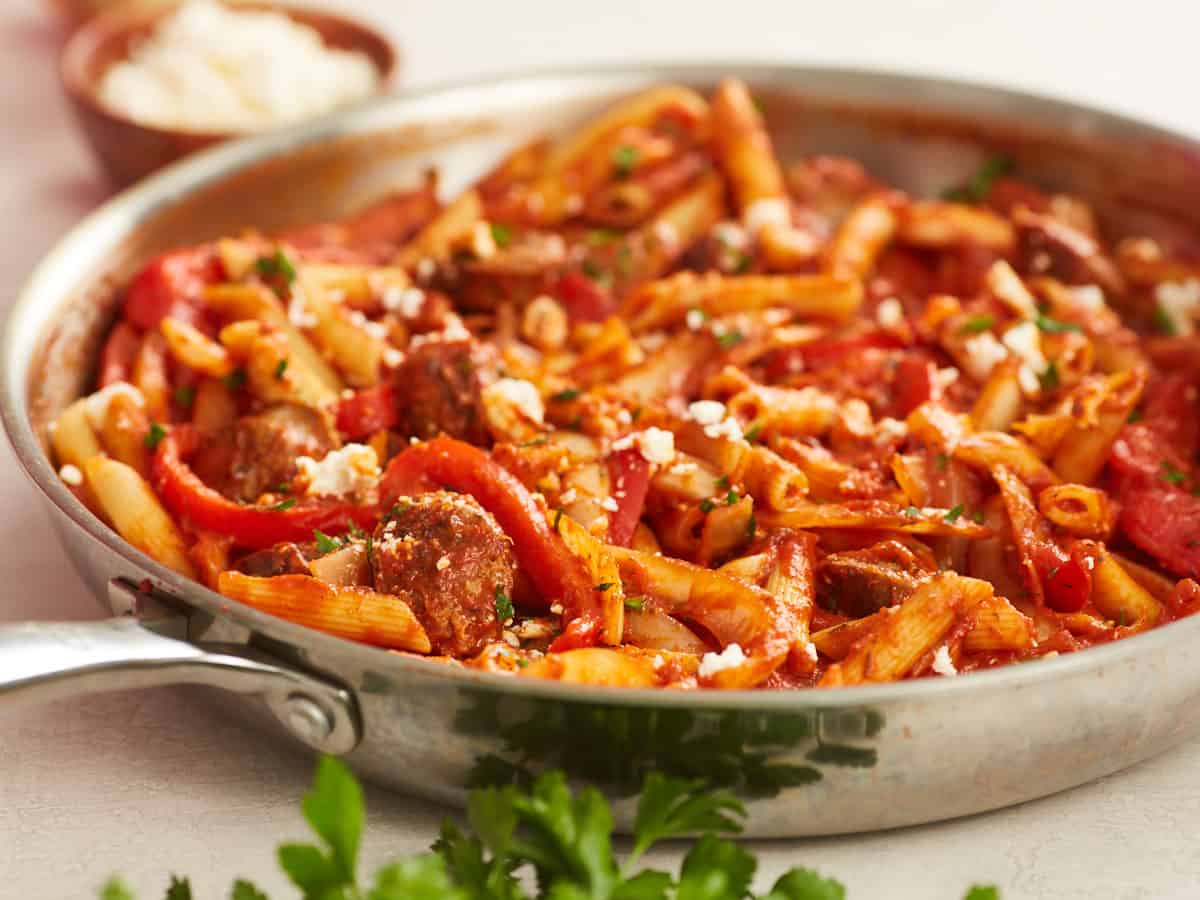
How to Make Pasta with sausage - Step by Step Photos
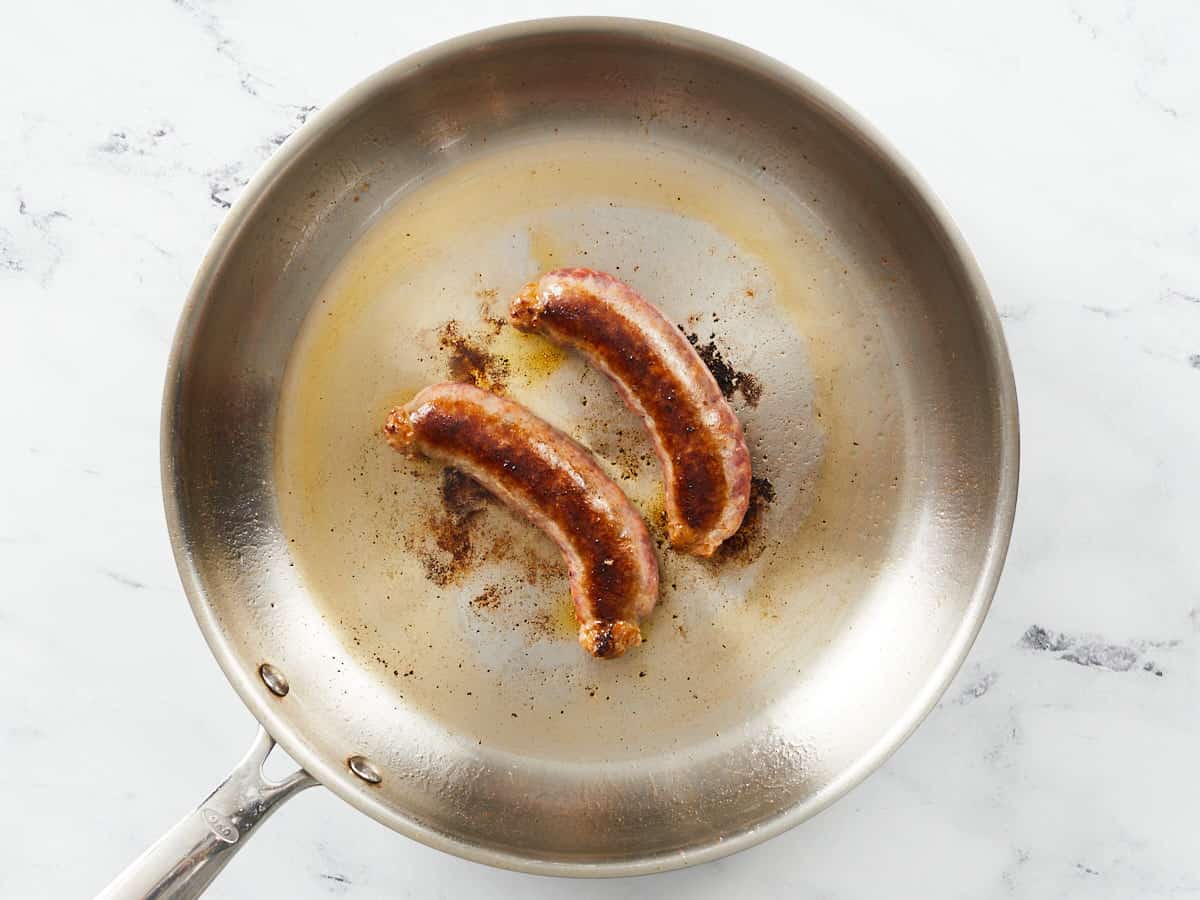
Heat 1 Tbsp cooking oil in a large skillet over medium. Once hot, add two Italian sausage links (about ½ lb. total) to the skillet and cook on each side until well browned. The sausage will not be cooked through at this point, but that’s okay.
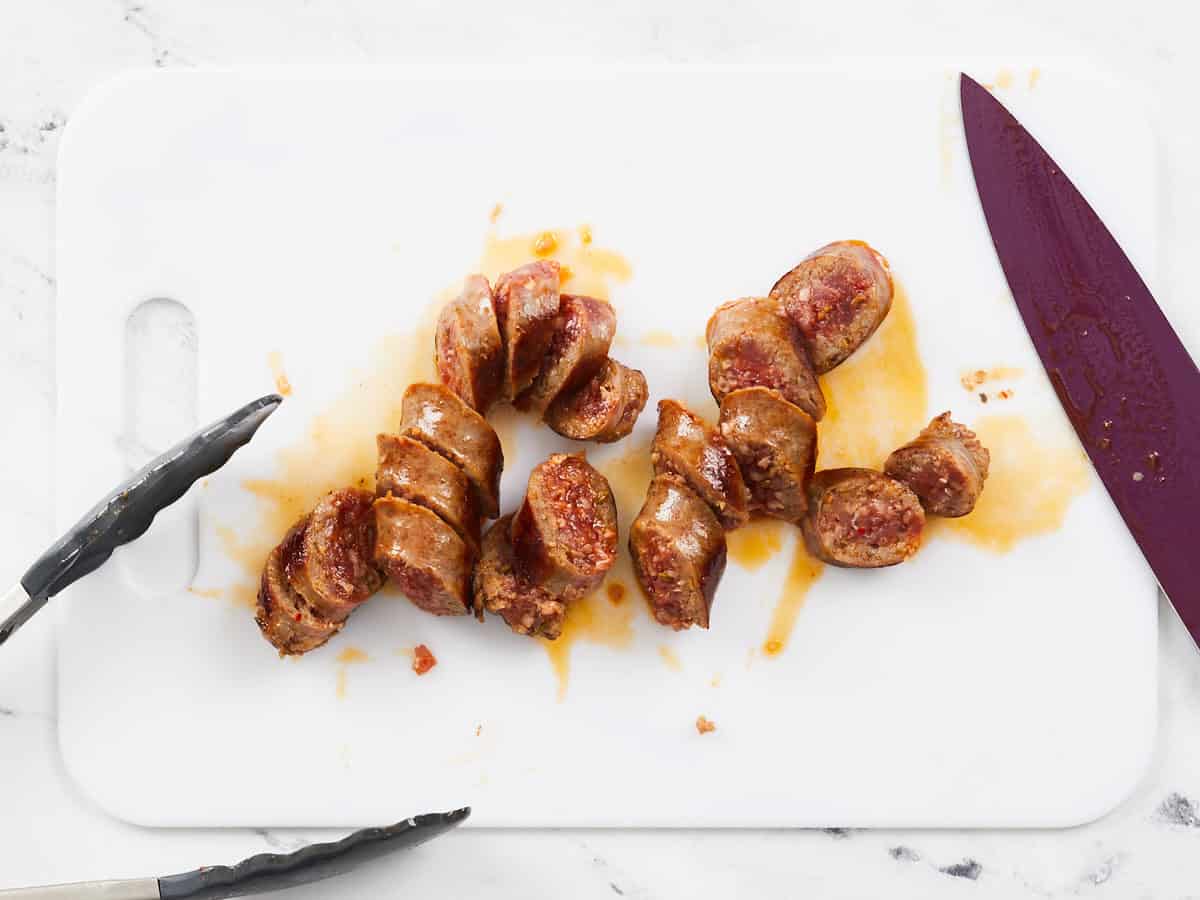
Remove the partially cooked sausage to a cutting board and slice them into ¼-½ inch wide medallions.
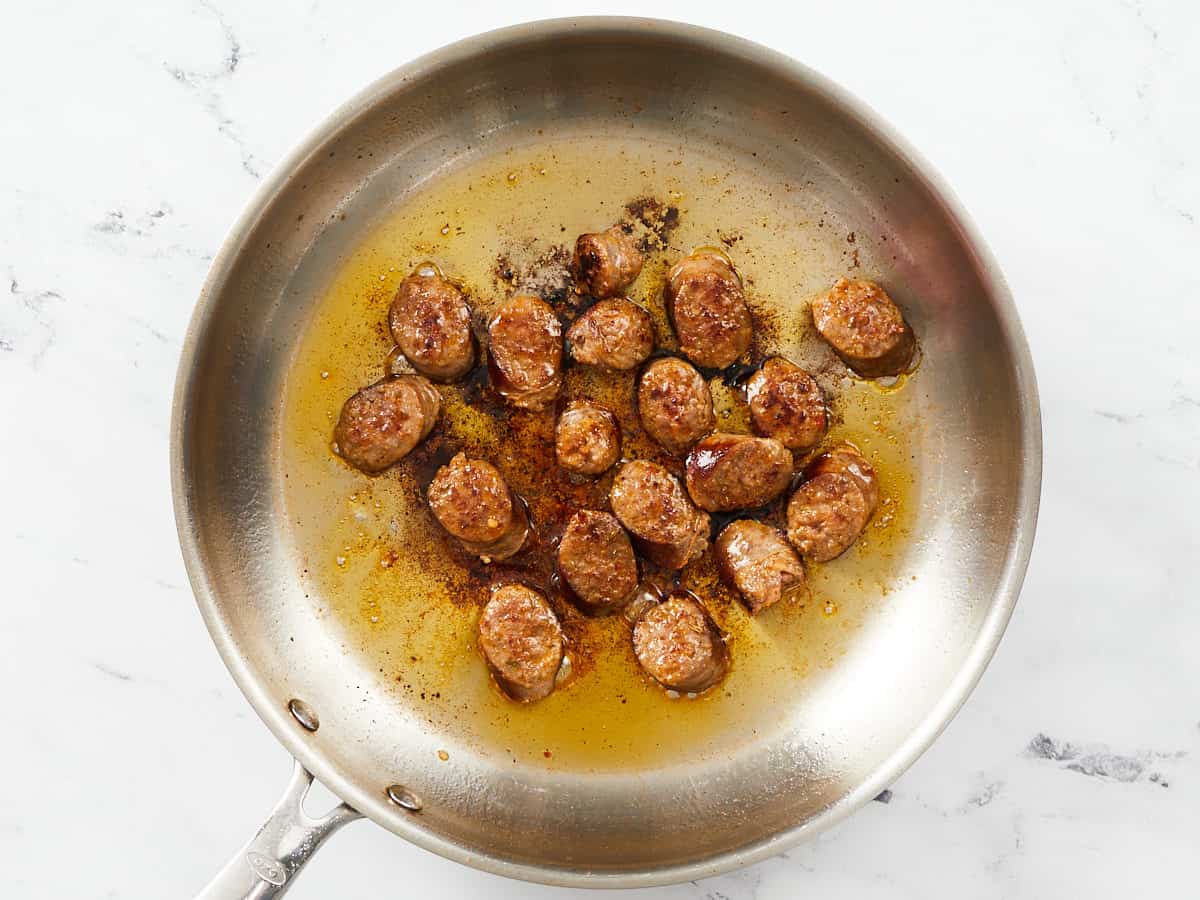
Return the sliced sausage to the skillet and continue cooking over medium heat until the sausage is browned on the cut sides. Remove the cooked sausage to a clean bowl.
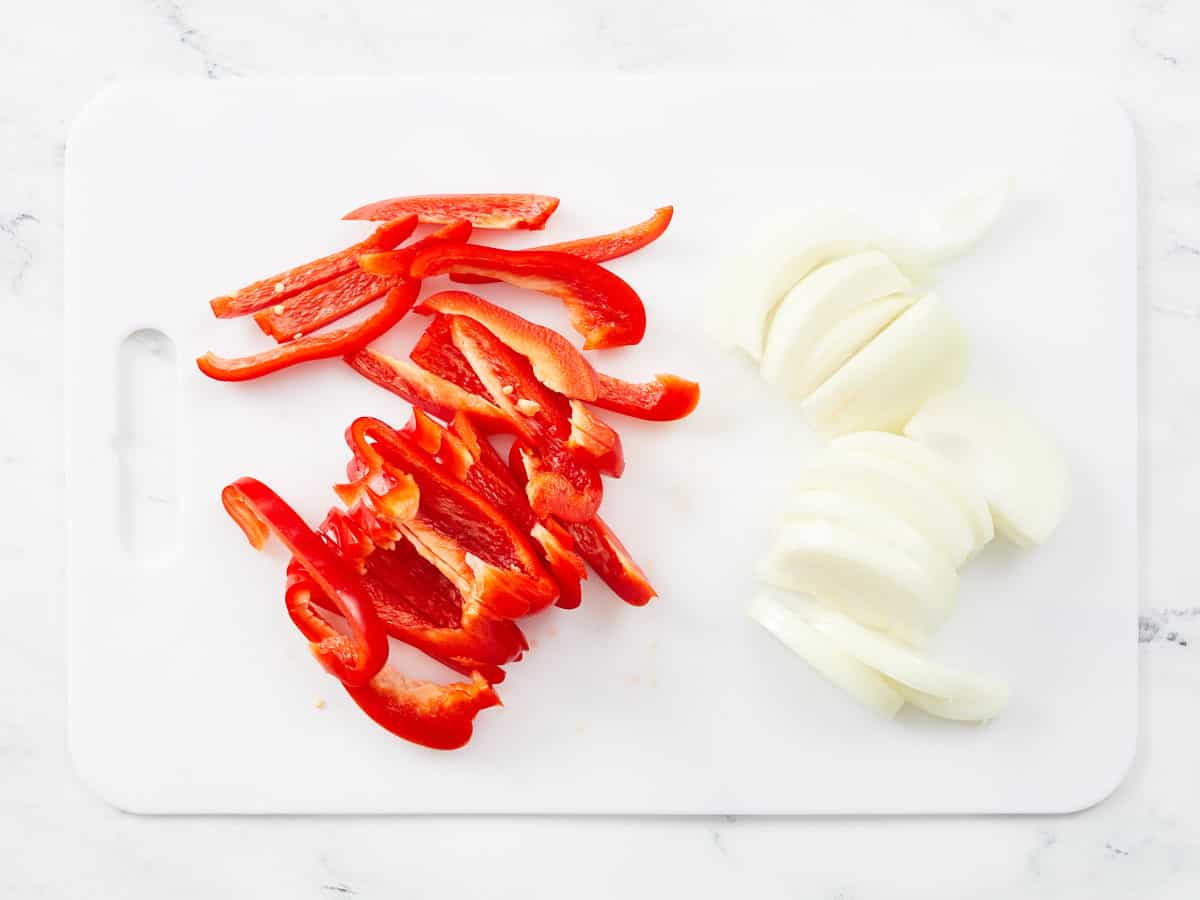
Meanwhile, slice one red bell pepper and one yellow onion into ¼-inch wide strips.
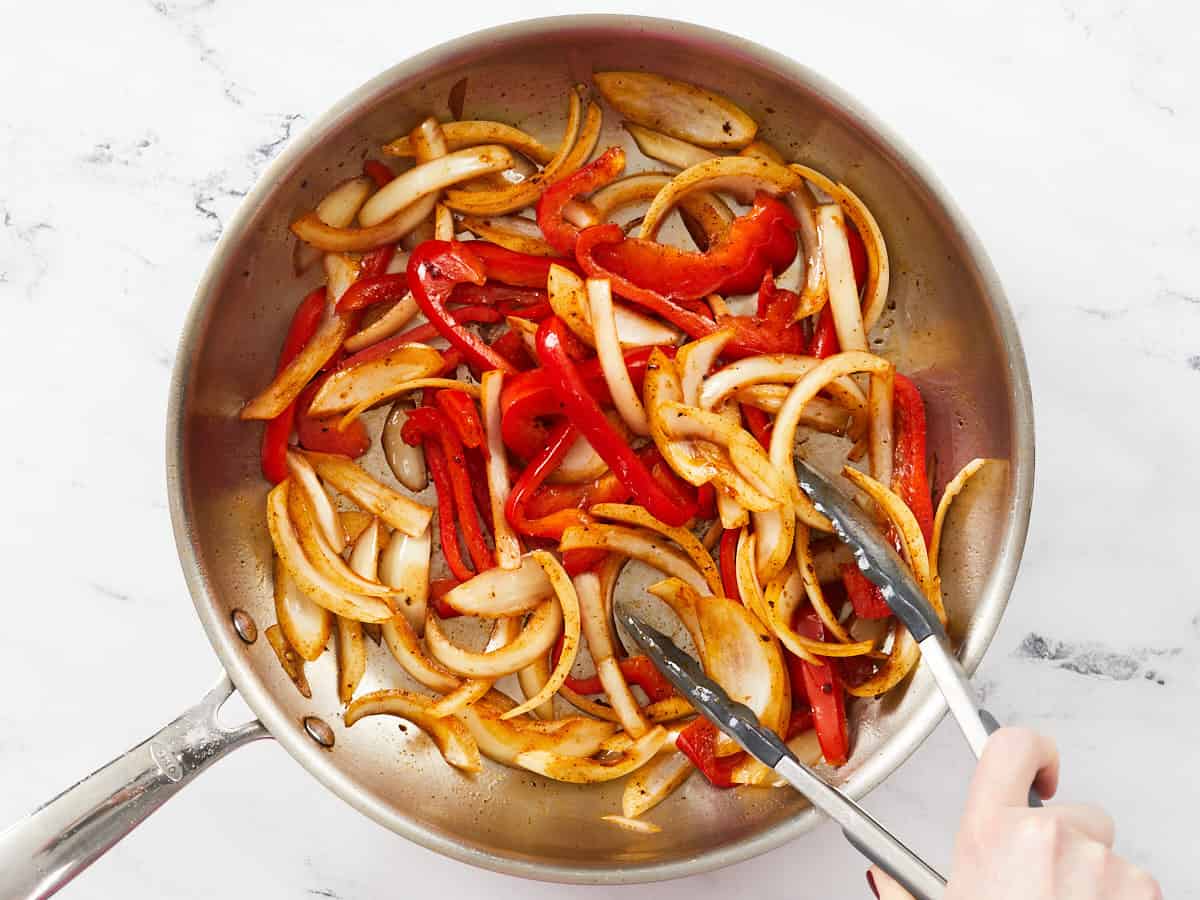
Add the sliced peppers and onions to the skillet with the remaining fat from the sausage. Continue to cook over medium heat until the peppers and onions just begin to soften. The moisture from the vegetables will help lift the browned bits from the sausage off the bottom of the skillet.
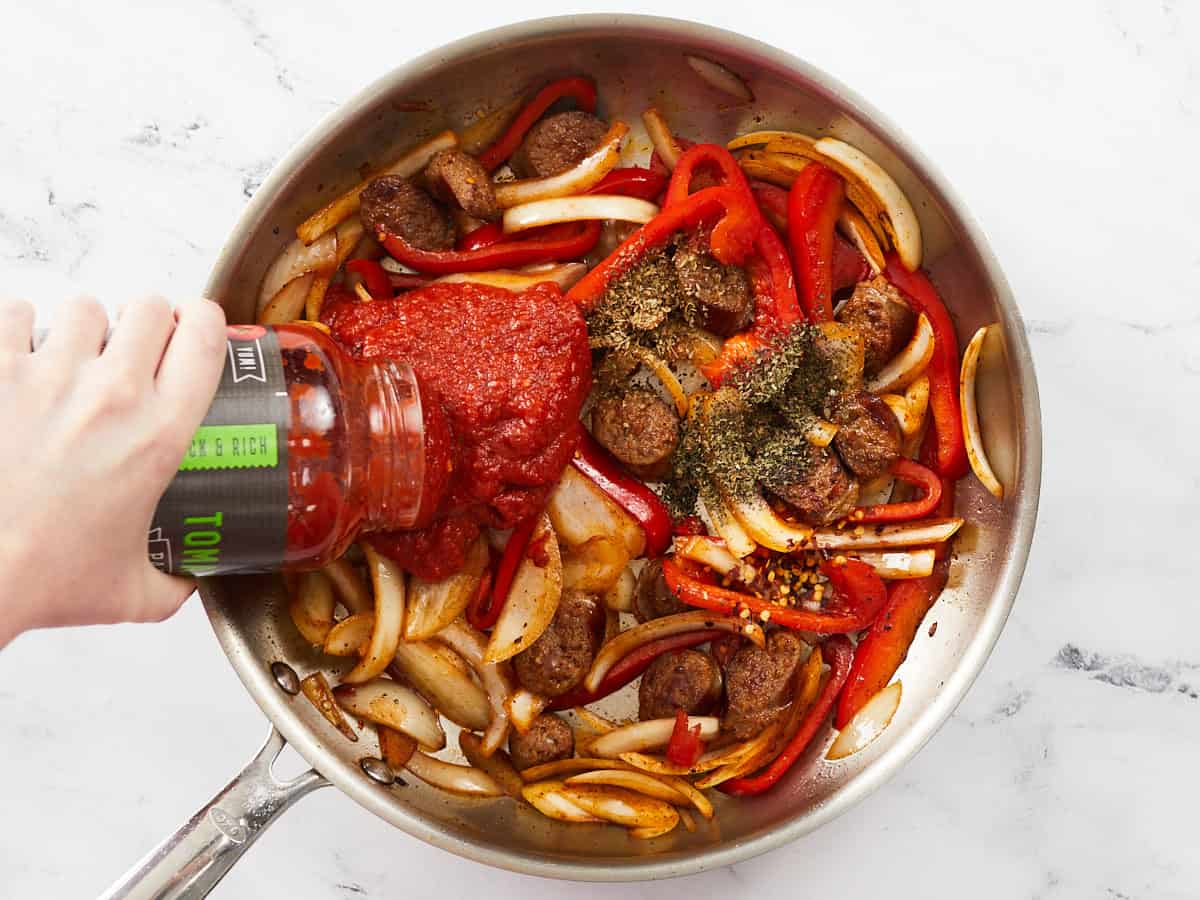
Add the cooked sausage back to the skillet along with one 24 oz. jar of pasta sauce, ½ tsp dried basil, ½ tsp dried oregano, and ¼ tsp crushed red pepper. Stir everything to combine and heat through.
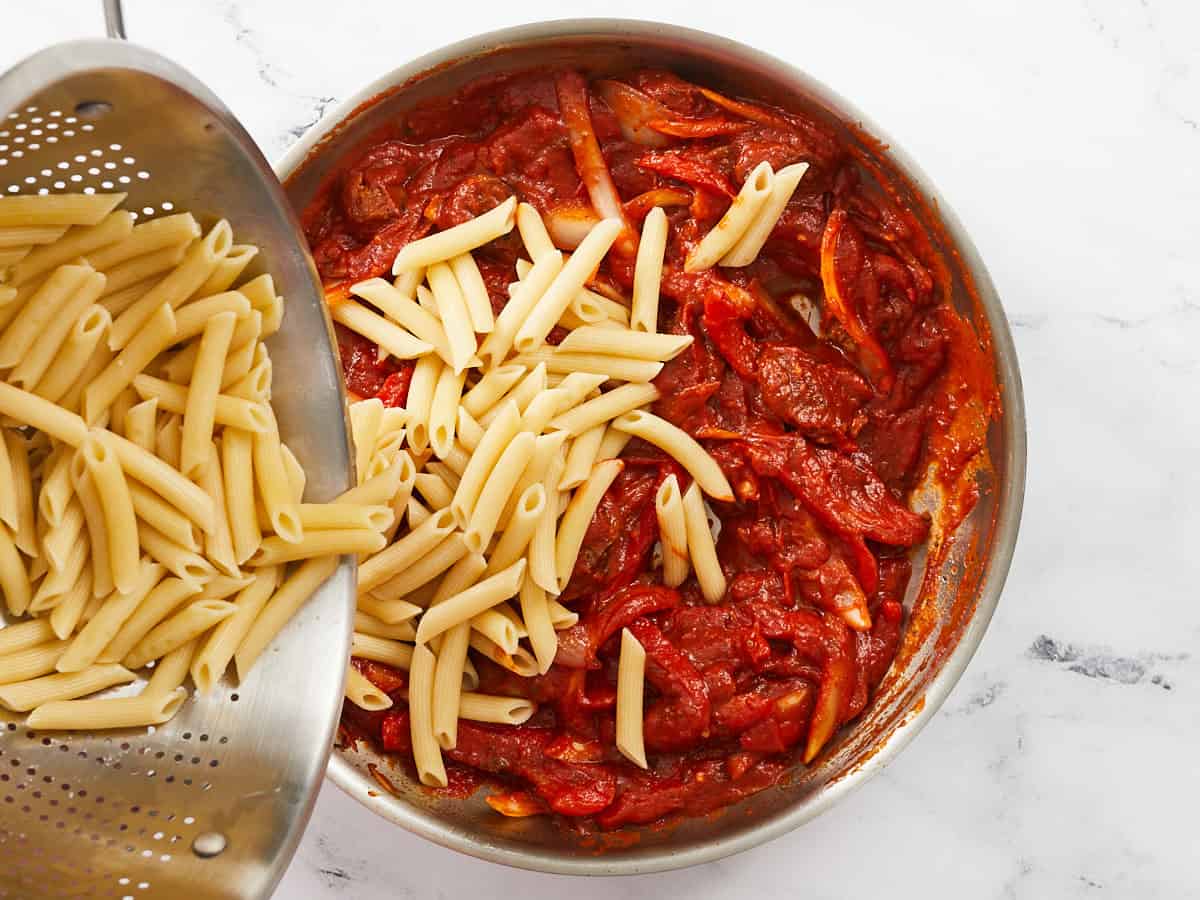
Bring a pot of water to a boil for the pasta. Once boiling, add ½ lb. penne pasta and continue to boil until tender (about 7 minutes). Drain the penne in a colander, then add it to the skillet with the sauce. Stir to combine.
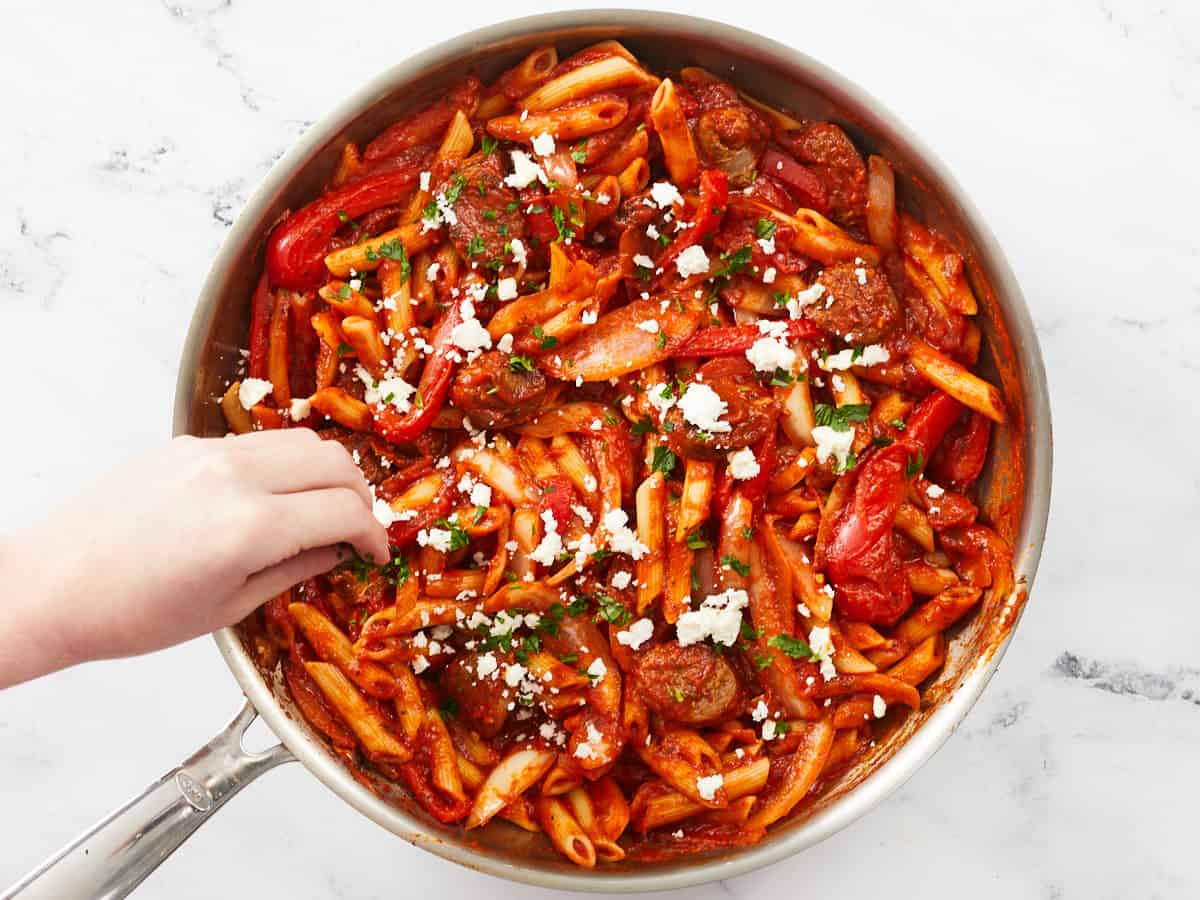
Sprinkle a small amount of crumbled feta (about 1 oz.) and a little chopped parsley (if desired) over top just before serving.
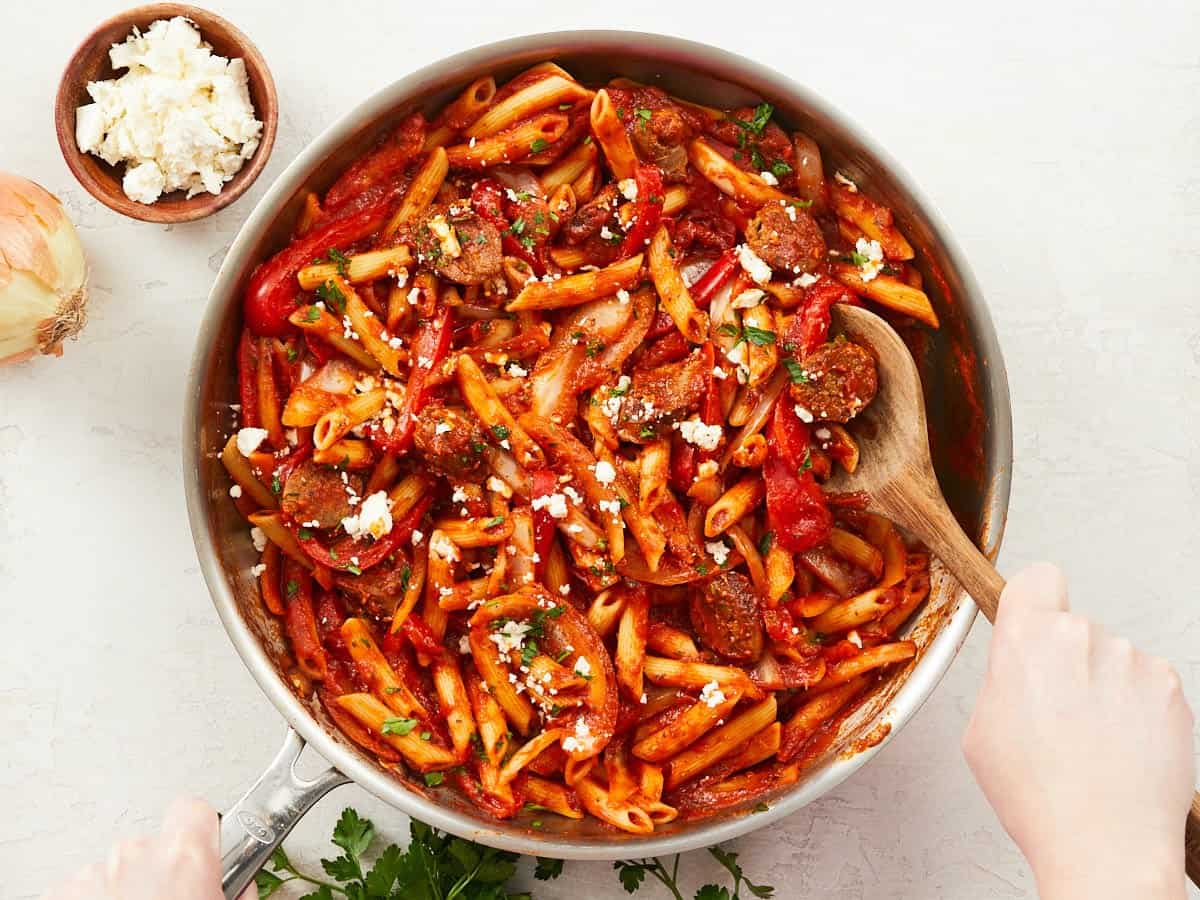
Enjoy!
More Easy Pasta Recipes

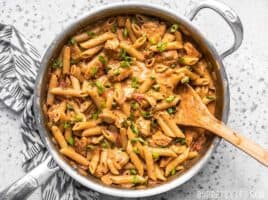
One Pot Creamy Cajun Chicken Pasta
$9.41 recipe / $2.35 serving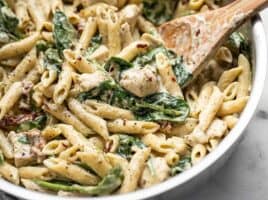
One Pot Creamy Pesto Chicken Pasta
$10.41 recipe / $2.60 serving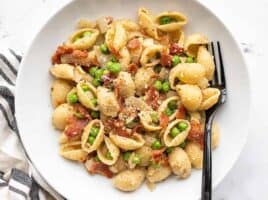
Pasta with Bacon and Peas
$4.00 recipe / $1.33 servingThe post Pasta with Sausage and Peppers appeared first on Budget Bytes.
By: Beth - Budget BytesTitle: Pasta with Sausage and Peppers
Sourced From: www.budgetbytes.com/pasta-with-sausage-and-peppers/
Published Date: Sat, 04 Feb 2023 14:09:18 +0000
Frequently Asked Questions
What is organic beef?
Organic meat is organic food that has been grown naturally without the use of pesticides, artificial fertilizers or hormones. Organic meat also indicates that animals were not fed genetically modified food. Because there are no harmful chemicals in the meat, it is safe for human consumption.
Organic meats are better for the environment. Eating organic foods helps reduce pollution in the environment, such as rivers and lakes. Organic farmers don't use harmful chemicals to kill birds and insects, which helps wildlife.
You can eat organic meats and produce whenever you can. Buying local helps keep more money circulating within the community rather than going out of state. Local businesses often pass down savings to customers when they shop locally. Shopping locally helps to keep American workers employed, as opposed to sending them overseas.
What are the health benefits of organic farming
Organic farming allows farmers to produce food using only natural methods. The farmers don't have to worry about pesticides causing harm to their crops and animals.
Organic farming also permits for the use of natural fertilizers. These fertilizers can be used to help grow healthier plants and to reduce the amount produced chemical waste.
Organic farming can also be environmentally friendly. To recycle nutrients back into soil, farmers often resort to composting. This reduces pollutants and conserves precious resources.
As well as helping the environment, organic farming increases crop yields. Because organic farming uses less water during the growing season, this is why it is so successful.
Organic production methods also mean that farmers receive higher prices for their produce. People who are more conscious of the dangers of chemical fertilizers and pesticides will eat healthier food.
This leads to a greater demand for organic food products. Organic farming is growing in popularity.
What are organic fruit?
Organic foods are grown without pesticides, synthetic fertilizers, hormones, or antibiotics. Organic foods also have more nutrients such as vitamins C, E and K plus omega-3 fatty acid. Organic food is better for the earth and our bodies because of these healthy ingredients.
Organic foods are grown with sustainable agricultural practices that help to preserve soil quality, and increase biological diversity. They are free from harmful chemicals, radiation, and sewage sludge.
While most consumers associate organics with produce, many organic products include dairy, meat, poultry, eggs, baked goods, personal care items, pet food, and household cleaning supplies.
The USDA defines organic as crops grown in accordance with strict federal regulations. Non-organic methods cannot be used by farmers to grow these foods. However, they may use approved natural pest control methods, such as crop rotation and cover cropping, and animal feed made from organic materials.
Further, the farmer must be careful about the amount of pesticide and fertilizer he uses in the growing season. GMOs, synthetic insecicides, artificial growth hormones or synthetic fertilizers can't be used by farmers.
Produces labelled as 100% organic meet all requirements. But, not all farms label their produce as 100% organic. It would confuse consumers. Instead, they will label their product as "made with organic ingredients. "
What are my top priorities when buying organic products
USDA-certified organic labels are desirable. This seal signifies that the product meets specific USDA standards. You will find the USDA Organic seal on all boxes, cartons and cans.
When you shop for meat, ensure that it comes from cows who are fed organic feed. Ruminants are cattle that chew their cud. Ruminant cattle have four stomach areas: rumen (reticulum), omasum (omasum), and abomasum. If a cow is to be labeled organically, all parts must be organically fed.
Chicken should be only purchased from chickens raised on organic feed, and not given antibiotics. Chickens are omnivores. This means they can eat both plant and animal food. A digestive tract that is omnivorous includes a crop, proventriculus and gizzard. It also contains small intestines, large intestines, and anus.
When buying dairy products, ensure they come from cows fed 100% organically grown feed. Just like ruminants have four stomachs, dairy cows have four. Milk comes from the fourth stomach compartment--the udder.
Check the label when purchasing livestock of any other type to find out what percentage was used in the animal's diet. Pork may be labeled "95% Organic" which means that 95 percent of its feed was organic.
What are the top organic vegetables?
Organic vegetables provide the most healthy and nutritious food for people. They are considered the healthiest food on Earth.
Organic produce is organically grown without pesticides. These chemicals pose severe dangers to our health as well as the environment.
Organic produce also contains higher levels of nutrients, vitamins. minerals, antioxidants. phytonutrients. enzymes. fibre. Essential fatty acids. This makes them more healthy because organic produce absorbs nutrients better.
Organic vegetables are delicious and safe to eat. Organic produce does not have side effects.
All grocery stores can carry organic produce. As long as they are produced according to USDA guidelines (which means they meet the standards set forth by the United States Department of Agriculture), they are labelled "organic." If you cannot find organic produce at your local grocery store, check out online retailers such as Amazon or Walmart.
What are organic foods and how do they compare?
Organic produce is free from synthetic fertilizers, pesticides, sewage sludge and confinement feeding. No growth hormones are used. Animal testing is also not done. These crops can be grown naturally by farmers, and they don't need to be treated with chemicals to control pests or weeds.
Organic farming methods also help to preserve soil quality, reduce erosion, and conserve water resources. Organic foods are healthier than conventional foods because they have more nutrients. Organic products are more nutritious than conventionally grown foods and have lower calories and fiber.
Statistics
- As for organic meat, regulations require that animals be raised in living conditions that accommodate their natural behaviours (like the ability to graze on pasture), fed 100% organic feed and forage, and not administered antibiotics or hormones. (usda.gov)
- Cosmetic brands such as Laurel and Rose Mira are 100 percent organic and have a wide array of skincare products. (en.wikipedia.org)
- Once certified by the USDA, it can fall into one of four categories: "100 percent organic", "organic," "made with organic ingredients," or "made with less than 70 percent organic ingredients. (en.wikipedia.org)
- When packaged products indicate they are “made with organic [specific ingredient or food group],” they contain at least 70% organically produced ingredients. (usda.gov)
External Links
doi.org
- The link between occupational pesticide exposure and cancer risk: A review: Journal of Toxicology and Environmental Health. Part B. Vol 15, No 4.
- Genetically modified foods - safety, risks and public concern - A review - Journal of Food Science and Technology
ota.com
ecfr.gov
ewg.org
How To
What happens to the body when you switch over to organic products
Organic products can be grown without synthetic fertilizers, hormones or antibiotics. They are derived from clean water and animals that have been free to roam. Organic means that they are free from chemicals and additives. This product is natural and does not contain any harmful substances.
The term "natural" refers to how food is grown. It's used to describe foods that have not been altered into their final form (e.g. fruits). Natural foods are usually fresher than processed foods, as they haven’t been exposed to heat, radiation, chemical preservatives, or other treatments. Some people don't believe that natural means healthy. Many experts say there isn't much difference between conventional and organic foods. Both types have been tested for quality and safety. Organic produce has less pesticide residues and pollutant than conventionally grown food.
Most grocery shops now carry organic options. You can find organic meat, poultry, eggs, and seafood at your local market. Some companies sell only organic products. Other companies have separate sections. USDA Certified Organic and Non-GMO Project Verified are some of the options.
You should avoid eating these items if you are pregnant or nursing. Pesticides can harm unborn infants and babies.
Did you miss our previous article...
https://belovedsaffron.com/recipes/taco-zucchini-boats
.png)
